Ben Feringa
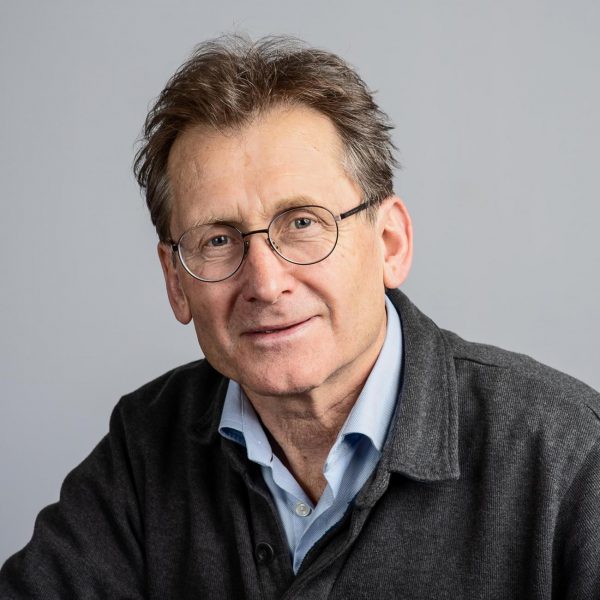
More information
Ben L. Feringa obtained his PhD degree at the University of Groningen in the Netherlands under the guidance of Professor Hans Wynberg. After working as a research scientist at Shell in the Netherlands and the UK, he was appointed lecturer and in 1988 full professor at the University of Groningen and named the Jacobus H. van ‘t Hoff Distinguished Professor of Molecular Sciences in 2004. He was elected Foreign Honorary member of the American Academy of Arts and Sciences. He is a member of the Royal Netherlands Academy of Sciences. In 2008 he was appointed Academy Professor and he was knighted by Her Majesty the Queen of the Netherlands.
Feringa’s research has been recognized with numerous awards including the Körber European Science Award (2003), the Spinoza Award (2004), the Prelog gold medal (2005), the Norrish Award of the ACS (2007), the Paracelsus medal (2008), the Chirality medal (2009), the RSC Organic Stereochemistry Award (2011), the Humboldt award (2012), the Nagoya gold medal (2013), the ACS Cope Scholar Award (2015), the Chemistry for the Future Solvay Prize (2015), the August-Wilhelm-von-Hoffman Medal (2016), The 2016 Nobel prize in Chemistry, the Tetrahedron Prize (2017) and the European Chemistry Gold Medal (2018). In 2019 he was elected as a member of the European Research Council.
Feringa’s research interest includes stereochemistry, organic synthesis, asymmetric catalysis, molecular switches and motors, self-assembly, molecular nanosystems and photopharmacology.
Miguel Garcia-Garibay

More information
Miguel A. Garcia-Garibay received his B.S. degree from the University of Michoacan, in Mexico, a Ph.D. from the University of British Columbia, and was a postdoctoral Fellow at Columbia University before joining the faculty in the Department of Chemistry and Biochemistry at UCLA. After serving as Vice Chair and Department Chair he is now Dean of Physical Sciences.
He has served in the editorial boards of several journals and was an associate editor for the Journal of the American Chemical Society from 2009 to 2017. He served two terms in the Chemical Sciences Roundtable of the National Academies and is now a member of the Advisory Committee of the NSF Mathematical & Physical Sciences Directorate. Garcia-Garibay has authored over 225 articles on solid-state organic chemistry, photochemistry, reaction mechanisms, supramolecular chemistry and crystalline molecular machines.
Among other honors, he is a fellow of the AAAS and has been awarded the American Competitiveness and Innovation Fellowship, a Creativity Award from the National Science Foundation, the 2013 Inter-American Photochemical Society Award, the 2015 ACS Cope Scholar Award, and the 2016 UCLA Diversity, Equity and Inclusion Award. He was just elected to the 2019 class of ACS Fellows.
Benedetta Mennucci
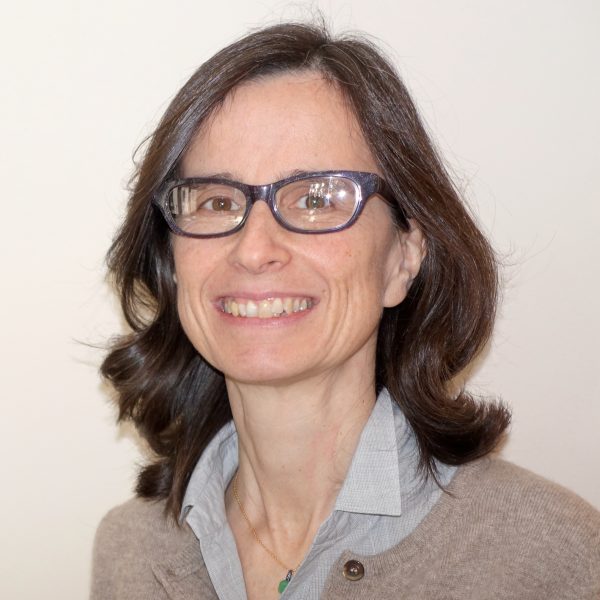
More information
Benedetta Mennucci received a PhD in Chemistry in 1999 from the University of Pisa and, in 2012, she was appointed Full Professor of Physical Chemistry at the same institution. She has co-authored more than 300 publications, including reviews and book chapters. Mennucci is an elected member of the International Academy of Quantum Molecular Science and a Board Member of World Association of Theoretical and Computational Chemists (WATOC). She is Senior Editor for the Journal of Physical Chemistry Letter of the American Chemical Society.
Her research interests lie in the development and the application of multiscale models for the simulation of properties and processes of complex (macro)molecular systems with a strong focus on light-induced phenomena. In the last years, her research has been mainly directed to the extension of multiscale methods for the simulation of light-harvesting processes in photosynthetic organisms, and to the development of new computational approaches to model light-driven functions of proteins.
Hiroshi Miyasaka
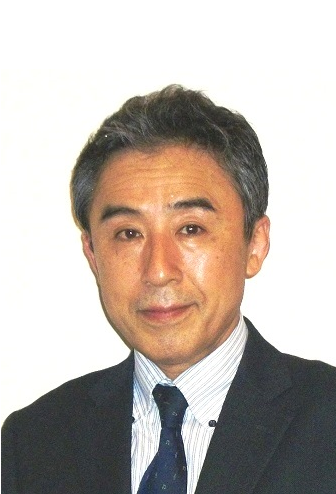
More information
Hiroshi Miyasaka received Ph.D. from Osaka University in 1985 and worked as an assistant professor in Department of Chemistry in Osaka University, where he conducted research on elemental photochemical reactions in condensed phase by developing ultrafast time-resolved detection methods. In 1991, he moved to Kyoto Institute of Technology and extended his research into photoreactions in polymer systems. Since 2003, he has been a professor in Division of Frontier Materials Science, Graduate School of Engineering Science, Osaka University. During 2014-2019, he was the project leader of Phorosynergetics, one of projects of Grant-in-Aid for Scientific Research on Innovative Areas in Japan. His current research interests include photochemical reactions in highly excited states of molecules in condensed phase, multiple photon processes, and ultrafast photoresponses of molecules and molecular assemblies.
Serge Mordon
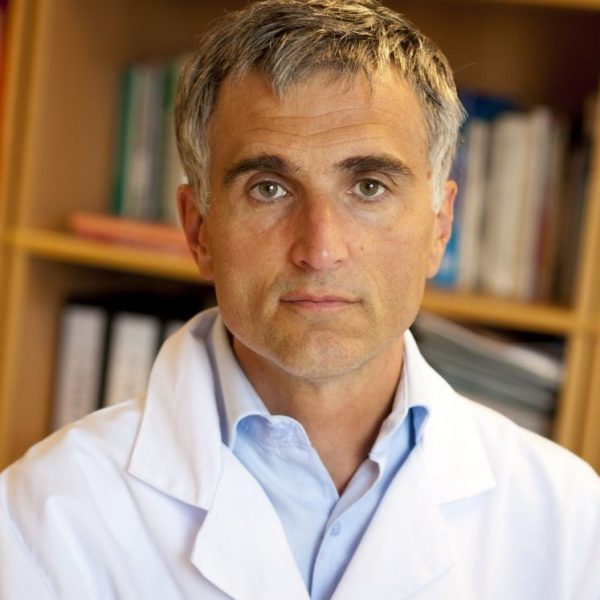
More information
Pr. Serge R. Mordon, PhD has been working for the French National Institute of Health and Medical Research (INSERM) since 1981. He has been involved in the medical applications of lasers, particularly in dermatology and plastic surgery. More recently, he has focused his research on Focal Laser Ablation and Photodynamic Therapy. He is an internationally recognized expert in laser-tissues interaction and laser applications in medicine. He has authored over 600 articles and book chapters. Pr. Mordon is the author of seventeen issued patents. Since 2012, he holds a Master Degree in Strategy and Organization Management (University of Paris X). He was the director of INSERM U 1189 (Laser Therapies Assisted by Image and Simulation for Oncology) and the director of the Photomedicine Center (Lille University Hospital) for 12 years. He is now working the laboratory for the bioengineering of tissues – BIOTIS- INSERM U1026, Bordeaux, France
He is Board Member of several professional societies and the Past- President of The French Medical Laser Society. He is an associate editor of the editorial boards for the journal, Lasers in Surgery and Medicine and for Phamaceuticals. In 2015, he has been nominated Finland Distinguished Professor. In 2018, he has been nominated Fellow Member of the European Alliance of Medical and Biological Engineering and Science (EAMBES). He is a also member of the ASLMS Research and Development Committee for a three-year term effective April 1, 2019, and will expire on March 31, 2022.
Susan Quinn
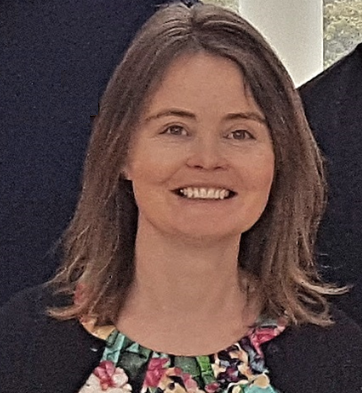
More information
Susan obtained graduated with a B.Sc. Hons in Chemistry from University College Dublin in 1997. She then completed her PhD studies on the topic of DNA Programmed Assembly of Heterosupermolecules under the supervision of Prof. Donald Fitzmaurice at University College Dublin.
In 2002 Susan started her Postdoctoral studies with Prof. John M. Kelly and Prof.Thorfinnur Gunnlaugsson in Trinity College Dublin. After this time, she took a position as postgraduate course coordinator in the School of Chemistry in TCD, (2006-9) and was responsible for development and implementation of Dublin Chemistry Graduate programme. In September 2009 Susan returned to a more research driven path when she joined the School of Chemistry in University College Dublin and became a tenured member of staff in 2012 and was promoted to Senior Lecturer/Associate Professor in October 2017.
The broad research of the group is directed to examine ways to monitor and trigger nucleic acid processes in complex systems through light activation. This involves work on DNA photostability, and the development of molecular and nanoparticle DNA probes, and nanoparticle based systems for the delivery of photoactive agents.
Susan together with Prof. John Kelly (TCD) and Professor Christine Cardin (Reading University), was awarded the 2016 RSC Rita and John Cornforth Medal is recognition of their structural work on DNA – transition metal complexes, proof of the origins of the “light-switch” effect and its implications for mechanisms of DNA damage DNA damage.
Claudia Turro
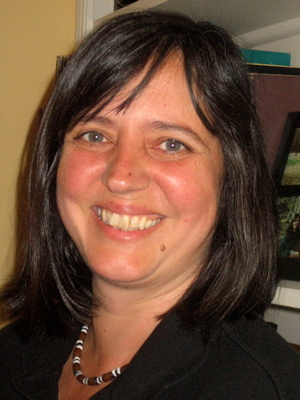
More information
Claudia Turro received her B.S. with Honors in 1987 from Michigan State University and went on to work with Daniel G. Nocera and George E. Leroi and received her Ph.D. in Chemistry in 1992 from Michigan State University. She was awarded a Jane Coffin Childs Memorial Fund for Medical Research Postdoctoral Fellowship to conduct postdoctoral work at Columbia University with Nicholas J. Turro (no relation) from 1992 to 1995, and has been a faculty member at The Ohio State University since 1996. She received the Early CAREER Award by the National Science Foundation in 1998, the Arnold and Mabel Beckman Foundation Young Investigator Award in 1999. She was promoted to Associate Professor in 2001 and to Professor in 2005, and was awarded the Dow Endowed Chair in 2014.
She was named a 2010 Fellow of the American Chemical Society (ACS) and a 2012 Fellow of the American Association for the Advancement of Science. She was elected President of the Inter-American Photochemical Society (2012-14) and Chair of the ACS Division of Inorganic Chemistry (2016). She received the 2014 College of Arts and Sciences Susan M. Hartmann Mentoring and Leadership Award, the 2014 Award in Photochemistry from the Inter-American Photochemical Society, the 2016 Edward W. Morley Medal from the Cleveland Section of the ACS, the 2016 Award of the Columbus Section of the ACS, and the 2019 College of Arts and Sciences Harlan Hatcher Distinguished Faculty Award. She has served as Associate Editor for the Journal of the American Chemical Society since 2016 and began her position as Chair of the Department of Chemistry and Biochemistry in 2019.
Junko Yano
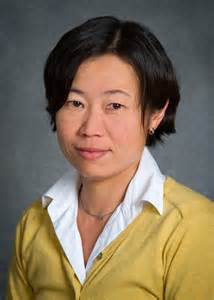
More information
Junko is a Senior Scientist in the Molecular Biophysics and Integrated Bioimaging Division at the Lawrence Berkeley National Laboratory (LBNL). She is also a principal investigator of the Joint Center for Artificial Photosynthesis in LBNL. Her research interest is to understand mechanisms of catalytic reactions in metalloenzymes and inorganic systems, in particular, the water oxidation reaction in natural photosynthesis. She applies various X-ray methods to study these systems at synchrotron facilities and X-ray free electron lasers.
Li-Zhu Wu
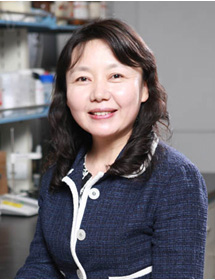
More information
Li-Zhu Wu received her B.S. degree in chemistry from Lanzhou University in 1990, and got her Ph.D. degree from the Institute of Photographic Chemistry, the Chinese Academy of Sciences, under the supervision of Professor Chen-Ho Tung in 1995. From 1995−1998, she worked at the Institute of Photographic Chemistry as an associate professor. After a postdoctoral stay (1997−1998) at the University of Hong Kong working with Professor Chi-Ming Che, she returned to the Technical Institute of Physics and Chemistry, the Chinese Academy of Sciences, as a full professor. In 2019, Professor Li-Zhu Wu was elected as a member of Chinese Academy of Sciences. Her research interests are focused on photochemical conversion, including artificial photosynthesis, visible light catalysis for organic transformation, and photoinduced electron transfer, energy transfer and chemical reactions in supramolecular systems. Her recent awards include the 3rd Chinese Chemical Society-Evonik Chemical Innovation award, the 10th Physical Organic Chemistry award of China, the 7th Young Women Scientists award of China, a Fellow of the Royal Society of Chemistry, and a Fellow of The World Academy of Sciences (TWAS). She serves as an advisory editor for Angewandte Chemie, is an associate editor for Journal of Materials Chemistry A, eScience, and is an editorial advisory board member of Chem, Chem Catalysis, Cell Reports Physical Science, JACS Au, Natural Science, ACS Omega, ChemPhysChem, ChemCatChem, Aggregate, ChemPhotoChem, Organic Chemistry Frontiers, Acta Chimica Sinica, Transactions of Tianjin University, etc.
Marcella Bonchio
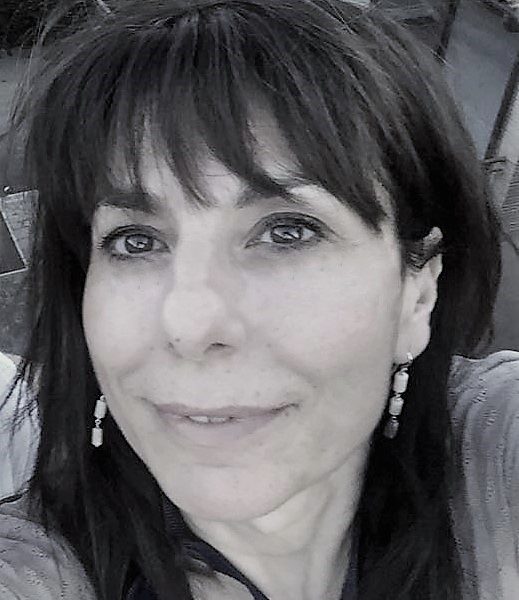
More information
Marcella Bonchio graduated with a PhD degree in Physical Organic Chemistry from the University of Padova (Italy) in 1993. She was a visiting student and a postdoctoral fellow respectively at Brown University (USA, R.I.) and at Princeton University (USA, N.J.) in 1995, where she joined John T. Groves’ group working on bio-inspired catalytic oxidations. She started her independent career as a CNR researcher in Padova, where she then was appointed as Full Professor in 2013.
Her research achievements target the design of photocatalytic systems integrating nano-inorganic clusters and molecular metal oxides with organic chromophores, for applications in solar fuels, smart-materials and nano-medicine. Recent publications include the breakthrough discovery of highly robust polyoxometalates for photo-induced water oxidation, functional nano-materials, and artificial photosynthesis (Nature Chem. 2019; Nature Chem 2010).
Twitter: @nanomolcat
Karl Börjesson
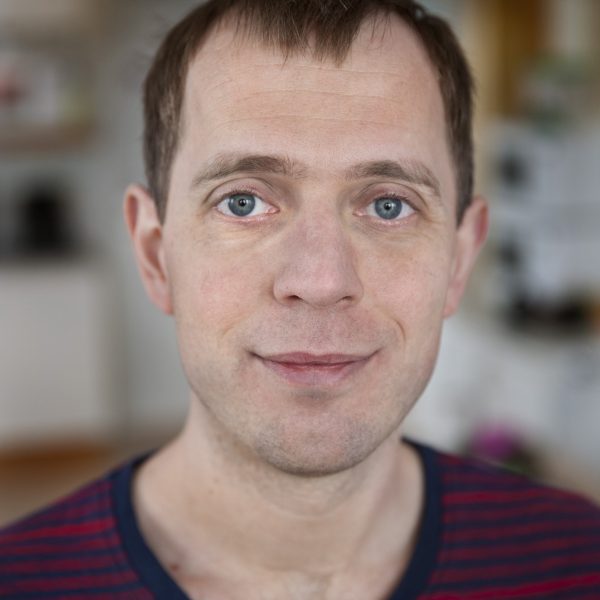
More information
Karl Börjesson received his PhD from Chalmers University of Technology in 2011, studying fluorescent DNA base analogues under the supervision of Professor B. Albinsson. He then moved to Strasbourg as a Marie Curie Post Docdoctoral fellow in the lab of Professor P. Samori, working with photoswitchable field effect transistors. In 2015 he was appointed as an Assistant Professor at the University of Gothenburg, and was promoted to Associate Professor in 2018, after receiving an ERC stg, and to Professor in 2021.
His research interests lies in the connection and conversion between electronically excited singlet and triplet states in organic molecules. This in the weak coupling regime and also in the so-called strong coupling regime, in which exchange of energy between molecular states and quantum vacuum fluctuations is fast enough for hybrid light-matter states to form.
Cyrille Boyer
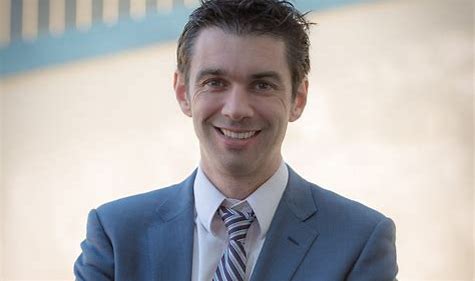
More information
Prof Cyrille Boyer received his Ph.D. from the University of Montpellier II. After working with Dupont Performance Elastomers, Cyrille moved to UNSW in the centre for advanced macromolecular design. He was awarded the SCOPUS Young Researcher of the year Award in 2012, one of the six 2015 Prime Minister’s Science Prizes (Malcolm McIntosh Prize for Physical Scientist of the year), the 2016 LeFevre Memorial Prize and nominated as one of the inaugural Knowledge Nation 100 selected by the Knowledge Society, guided by Australia’s Chief Scientist, Professor Ian Chubb and senior commentators from The Australian newspaper. Cyrille’s research has also been recognized by several international awards, including 2016 ACS Biomacromolecules/Macromolecules Award, 2016 Journal of Polymer Science Innovation Award, 2018 Polymer International-IUPAC award and 2018 Polymer Chemistry Lectureship. Cyrille has co-authored over 275 articles, which have gathered over 17 000 citations. He is also listed as Highly Cited Researcher in Chemistry by Web of Science in 2018 and 2019.
Roberto Etchenique
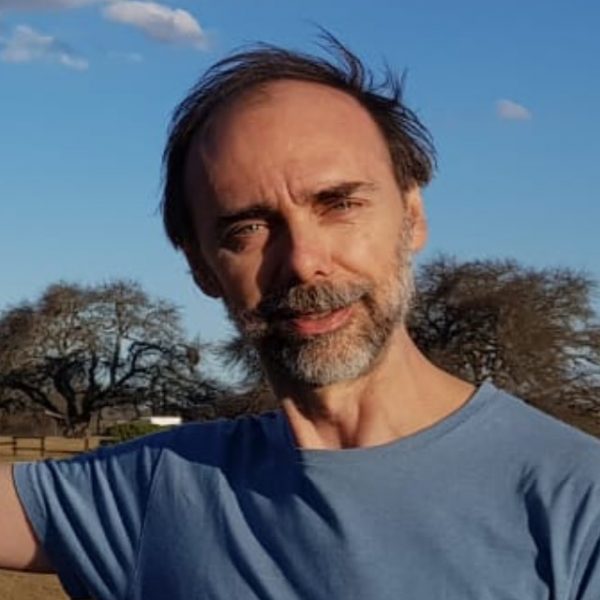
More information
Roberto Etchenique got his Ph.D. degree in 1998 from University of Buenos Aires (Facultad de Ciencias Exactas y Naturales), Argentina, and went to Mexico to act as Assistant Professor at Universidad Autonoma del Estado de Morelos from 1999 to 2000. He worked from 2000 to 2009 at Universidad de Buenos Aires as Assistant Professor, and since then as Full Professor of Analytical Chemistry. He was awarded a Fulbright Fellowship to conduct reasearch at Columbia University. Now Roberto is Principal Researcher of the Argentinian Council of research (CONICET).
Since 2001 he leads the Molecular Devices Lab at INQUIMAE (Buenos Aires, Argentina). He have pioneered the use of ruthenum-based RuBi-phototriggers for chemical addressing of neurons and neuronal tissue. His research interests range from basic photochemistry to the design and development of analytical/chemometric tools and molecular actuators as interfase to biological systems.
Phoebe Glazer
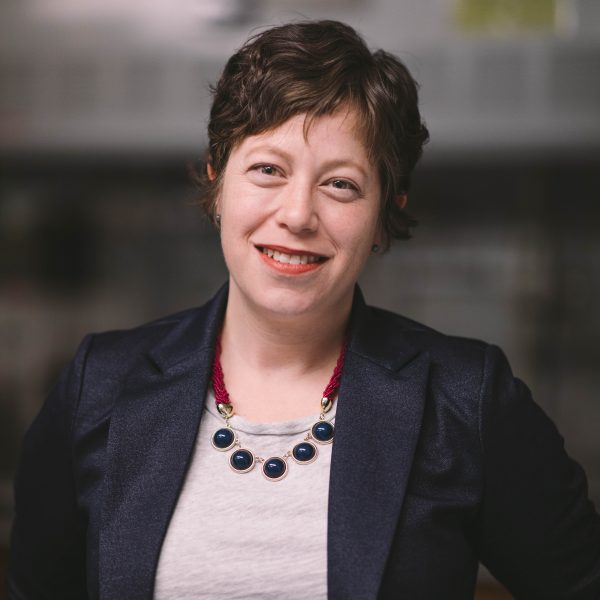
More information
Edith (Phoebe) Glazer obtained her Ph.D. in Chemistry and Biochemistry in 2003 under the guidance of Yitzhak Tor at the University of California, San Diego. She was an NIH NRSA postdoctoral fellow with David Goodin at The Scripps Research Institute and with Harry Gray at the California Institute of Technology, where she developed chemical probes and inhibitors for Nitric Oxide Synthase and Cytochrome P450 enzymes. She began her independent career at the University of Kentucky in 2009, was promoted to Associate Professor in 2015, and is now the John C. Hubbard Professor in the College of Arts & Sciences.
The Glazer laboratory is focused on the design, discovery, and development of metal complexes as potential diagnostic and therapeutic agents. Compounds that can respond to external stimuli, such as light, are of particular interest. Other research areas include structure-function relationships of cytochrome P450 enzymes, DNA damage, metal complexes with unusual photophysical properties, and environmentally sensitive biological probes.
Belinda Heyne
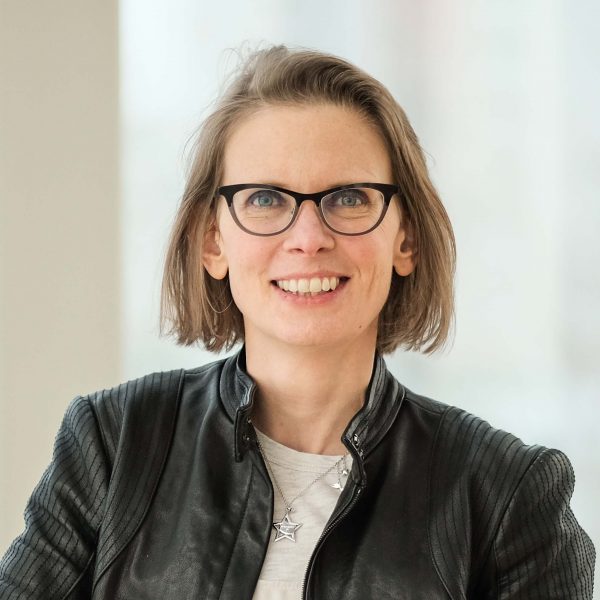
Belinda Heyne graduated with a PhD degree in Science from the University of Liège (Belgium) in 2004. She then moved to Canada as a post-doctoral fellow where she worked under the guidance of Prof J.C. (Tito) Scaiano at the University of Ottawa. In 2007, she started her independent career at the University of Calgary joining the Department of Chemistry as an Assistant Professor, she is now a full Professor since July 2020.
Her research interest lies in singlet oxygen photosensitization at the nanoscale with an overarching goal to solve some of society grand challenges. In the last years, her research has been mainly directed to the investigation of plasmonic (metallic) nanoparticles as candidates for improved photodynamic inactivation of bacteria. In 2017, Belinda co-founded Hnu Materials, a company focused on producing light-activated materials as alternative antimicrobial solutions to end the spread of antimicrobial resistance. Belinda is also a passionate speaker, a fervent advocate for equity, diversity, and inclusion (EDI). In 2018, she discovered LegoÒ Serious PlayÒ and was directly inspired by the power of metaphors. Since then, she became a certified facilitator and has implemented successfully the use of LegoÒ bricks in her lectures. In 2020, Belinda was presented with an Immigrant of Distinction Award from the city of Calgary (Canada) for her effort to promote women in STEM and her impact to the community.
Tsuyoshi Kawai
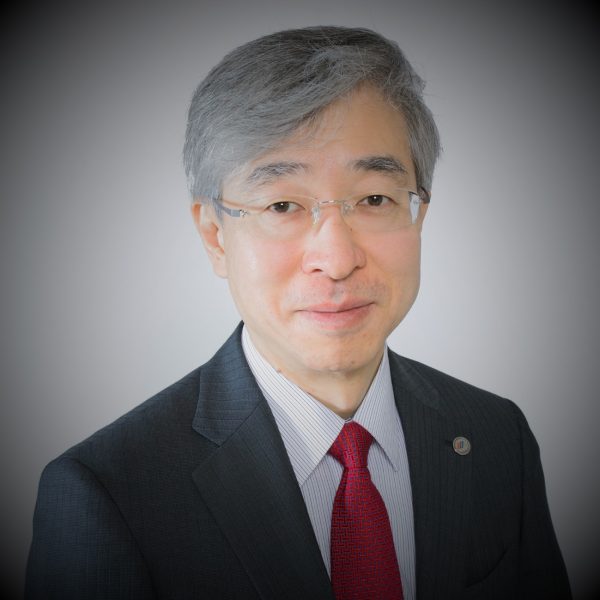
Tsuyoshi Kawai has started his academic carrier as an assistant Professor of the Department of Electronic Engineering, Osaka University, in 1989. After he worked in Kyushu University, he has been a professor of Nara Institute of Science and Technology from 2004. He is currently in charge of the Secretary Treasurer of the Asian and Oceanian Photochemistry Association, APA.
Andrey Klymchenko
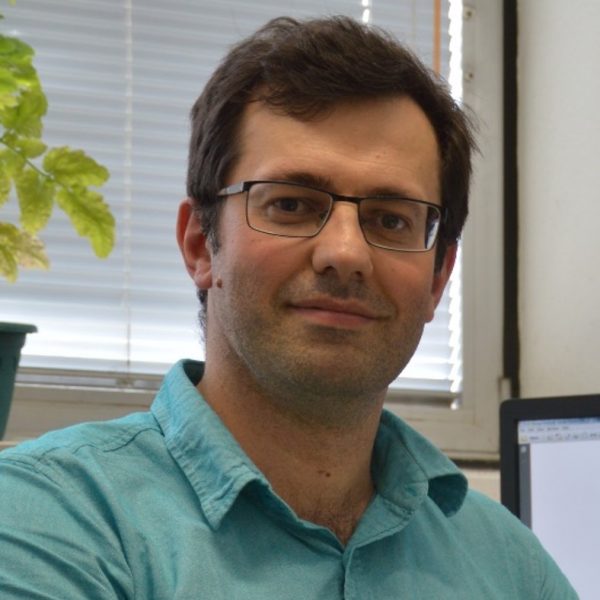
More information
Andrey Klymchenko started his research with chemistry and photophysics of new fluorescent dyes, which constituted a subject of his PhD degree from Kyiv National University in 2003. Then, he worked in the University of Strasbourg, where he could combine synthesis of new dyes with their bioimaging applications. In 2005, in order to extend his expertise towards supramolecular chemistry and nanotechnology, he moved to Catholic University of Leuven. Then, he joined CNRS in 2006, received CNRS Bronze Medal in 2010 and was promoted to Director of Research in 2014. In 2015, he obtained ERC consolidator grant BrightSens to work on fluorescent nanoparticles for ultrasensitive detection of cancer markers. He is a leader of “Nanochemistry and Bioimaging” group. His research interests include functional fluorescent molecules and nanomaterials for biosensing, imaging and theranostics. He has developed a number fluorescent probes for cellular imaging, notably probes for apoptosis detection, imaging plasma membranes and long-term multicolour cell tracking, which are currently on the market. Moreover, he recently introduced new concepts for development of ultrabright dye-loaded nanoparticles based on polymers and lipids for bioimaging applications. He is a co-author of over 180 peer-reviewed articles.
Danqing Liu
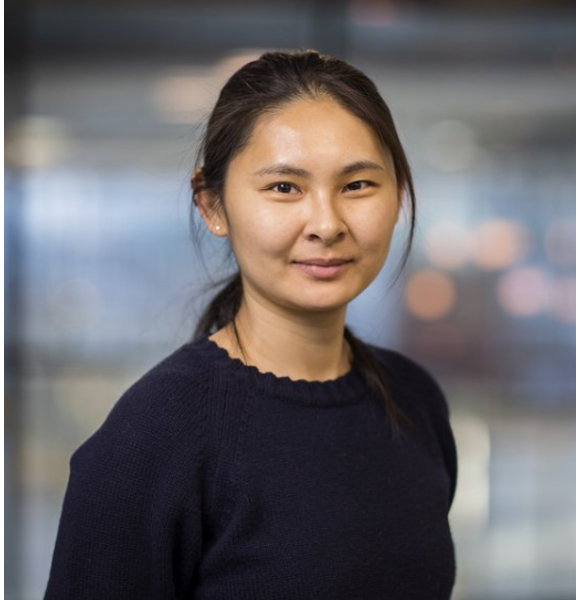
More information
Danqing Liu received her master degree in Electrical Engineering in 2009 at the Delft University in The Netherlands. She joined the Department of Mechanical Engineering at Eindhoven University of Technology, The Netherlands for her PhD research. She developed polymer responsive surfaces based on hydrogels and liquid crystal polymers. She received her PhD degree in 2013. In the same year, she joined the Department of Chemical Engineering and Chemistry at the same university working as a postdoctoral student on new mechanisms of surface activation. In 2015 she was a Research Fellow at the Institute of Complex Molecular Systems in Eindhoven, The Netherlands. From 2019 she is appointed as Assistant professor (Tenture) at the Department of Chemical Engineering and Chemistry, Eindhoven University of Technology. She is the recipient of a Dutch national 4TU grant (2015), and Veni grant (2016) from the Dutch national science foundation (NWO) to proceed her research within the Netherlands.
M. Louisa Marin
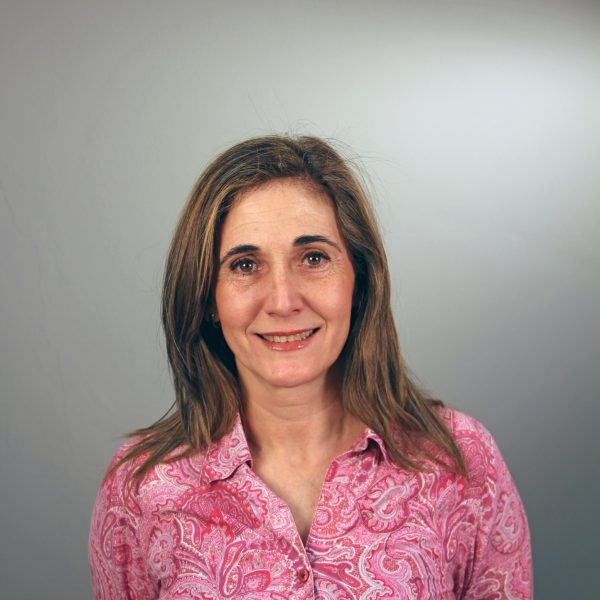
More information
Maria Luisa Marin was born in Valencia, Spain. She did her PhD at the University of Valencia working on the synthesis of natural products. In 1996, she moved to Imperial College (UK), where she spent two years as postdoctoral Pierre and Marie Curie fellow. In 1998, she joined the Universitat Politecnica de Valencia (UPV) and started working in the field of photochemistry, photophysics and photobiology within the group of Prof. M. A. Miranda.
Since 2001, she belongs to the Instituto Universitario Mixto de Tecnologia Quimica (UPV-CSIC). In 2013, M. Luisa Marin was Distinguished Visiting Researcher at the University of Ottawa. In February 2019, she was promoted to Full Professor at the Chemistry Department of the UPV.
She keeps active collaborations with research groups in Ottawa (Prof. J.C. Scaiano), where she has spent several periods in the recent years, Universidad Nacional de La Plata (Dr. A. Thomas) or University of Torino (Dr. P. Calza).
Her current research interests are mainly focussed on the synthesis and mechanistic evaluation of heterogeneous photocatalysts for decontamination and disinfection of wastewaters; and on the study of different photochemical processes within supramolecular biomimetic systems. She is also involved in the development of conductive polymeric devices, as well as, in the minimization of the environmental impact of those processes.
Steve Meech
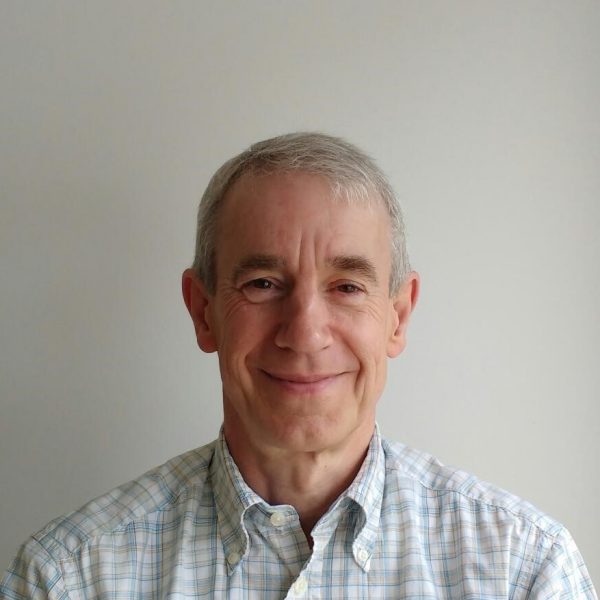
More information
Stephen Meech has been professor of Physical Chemistry at the University of East Anglia since 2004. He is an ultrafast spectroscopist with interests in ultrafast methods, photochemistry, photobiology and liquid state dynamics. Recent research has focused on: light activated structural dynamics in fluorescent and photosensing proteins; excited state dynamics in molecular switches and motors; Spectrocopy and dynamics in molecular dimers and aggregates.
Timothy Noël
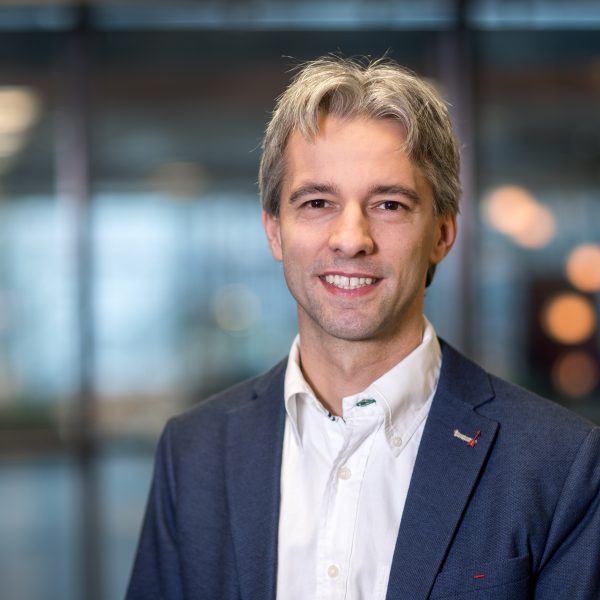
More information
Timothy Noël received in 2004 his MSc degree (Industrial Chemical Engineering) from the KaHo Sint-Lieven in Ghent. He then moved to Ghent University to obtain a PhD at the Laboratory for Organic and Bioorganic Synthesis (2005-2009). Next, he moved to Massachusetts Institute of Technology (MIT) as a Fulbright Postdoctoral Fellow with Professor Stephen L. Buchwald. He started his independent career at Eindhoven University of Technology where he chaired the Micro Flow Chemistry & Synthetic Methodology group. Since 2020 he is a full professor at the University of Amsterdam. His research interests are flow chemistry, homogeneous catalysis and organic synthesis. His research on photochemistry in microfluidic reactors was awarded the DECHEMA award 2017 and the Hoogewerff Jongerenprijs 2019. He serves as the editor in chief of Journal of Flow Chemistry.
Ute Resch-Genger
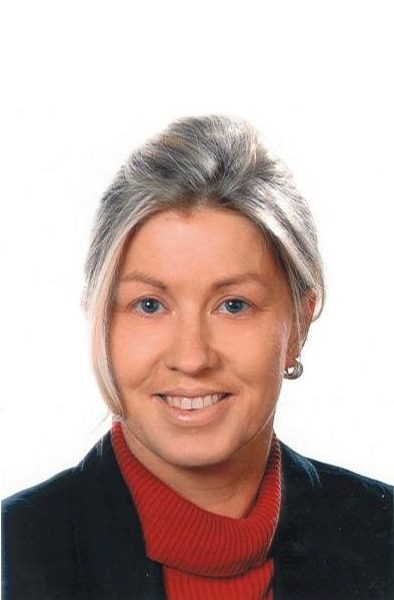
Ute Resch-Genger studied chemistry at Technical University Berlin and obtained her Ph.D. on semiconductor nanocrystals under the supervision of Professor A. Henglein and Professor H. Weller at the Hahn-Meitner-Institute in Berlin. After a postdoc with Professor Marye Anne Fox at the University of Texas at Austin on photoelectron transfer studies in organic-inorganic hybrid systems, she joined the Federal Institute for Materials Research and Testing (BAM) as a research chemist. She is currently head of division Biophotonics at BAM. Her research interests include photophysics of molecular and nanocrystalline emittters, stimuli-responsive optical probes, signal enhancement, multiplexing, and barcoding strategies, optical-spectroscopic methods for surface group quantification, and the interaction of nanoparticles with biological systems. Additionally, division Biophotonics develops traceable methods to quantify signal-relevant optical properties of luminescent materials at the ensemble and single molecule/particle level, concepts for the validation of optical-spectroscopic measurements, and different types of fluorescence standards.
Ute Resch-Genger is co-chair of the steering committee of the Methods and Applications in Fluorescence (MAF) conference series as well as member of the editorial advisory board of Bioconjugate Chemistry and the editorial board of the IOP journal Methods and Applications in Fluorescence (MAF).
Shohei Saito
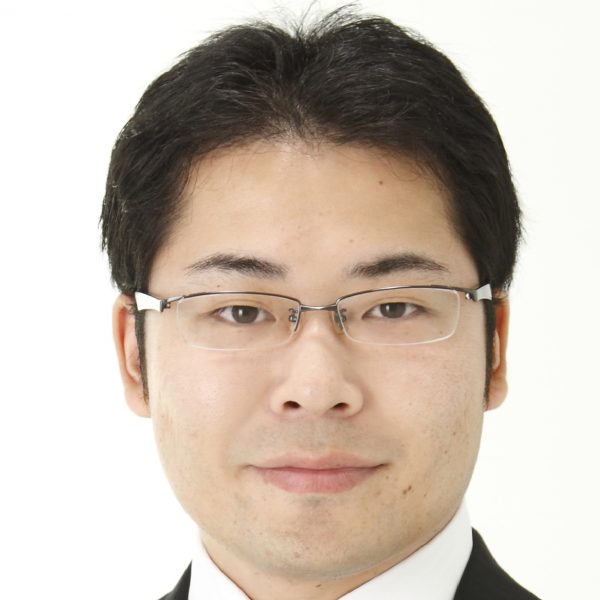
More information
Shohei Saito received his Ph.D. degree from Kyoto University.
After working as an Assistant Professor of Nagoya University, he has been an Associate Professor of Kyoto University since 2016.
His research interest is focused on flapping molecules for photofunctional materials.
He received The Asian and Oceanian Photochemistry Association (APA) award for young scientist 2018.
Tito Scaiano
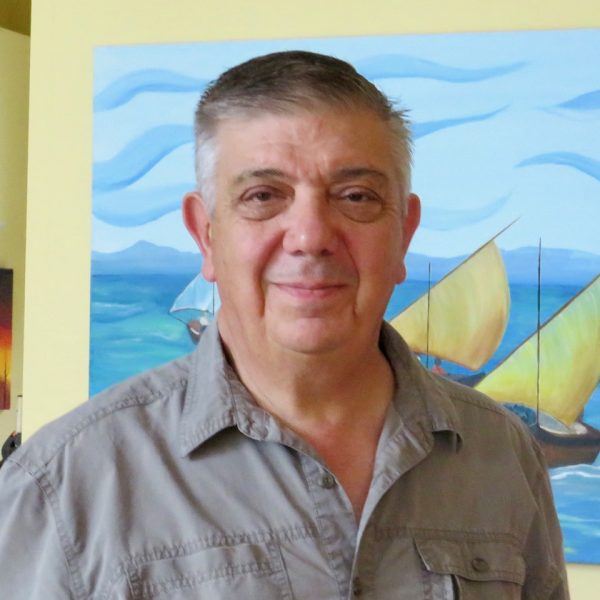
More information
J.C. (Tito) Scaiano holds the Canada Research Chair in Applied Photochemistry at the University of Ottawa. His work has been recognized with many national and international awards. In 2002, he was awarded with the Gerhard Herzberg Canada Gold Medal in Science and Engineering and three years later appointed an Officer of the Order of Canada. Scaiano’s scientific career includes the publication of more than 700 scientific papers, 2 books and several book chapters and patents. He is recognized for his work in photochemistry and nanotechnology. His interests include organic photochemistry, nanomaterials, catalysis, sunscreens, and single molecule spectroscopy. Scaiano is the founding Director of the Centre for Advanced Materials Research (CAMaR), a new centre promoting the invention, characterization and use of advanced materials. Scaiano is also the founder of Luzchem Research, an Ottawa–based instrument manufacturer and the co-founder of the Reactive Intermediates Student Exchange (RISE) that promotes summer internships for undergraduate students.
Igor Schapiro
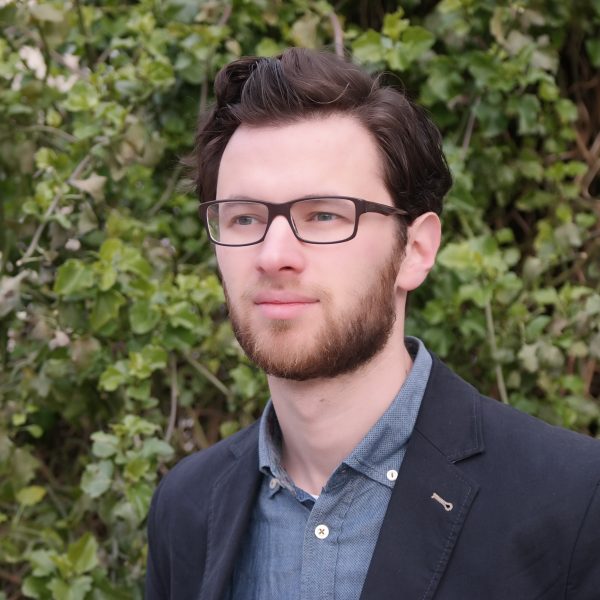
More information
Igor Schapiro has studied Chemistry/Molecular Materials and obtained a PhD at the University of Duisburg-Essen in Germany. At the postdoctoral stage, he worked at Bowling Green State University (USA), at the Max Planck Institute for Chemical Energy Conversion (Germany), and at the Institute of Physics and Chemistry of Materials of Strasbourg (France). In 2015, he became a Senior Lecturer and launched an independent group at the Fritz Haber Center for Molecular Dynamics Research located at the Institute of Chemistry at The Hebrew University of Jerusalem in Israel.
His research is focused on the computational study of photochemical reactions in biological systems and the development of methods to study them. In particular, his expertise is in multiscale modelling of photoreceptor proteins such as retinal proteins and phytochromes. Recently, he is working on the question how to obtain desired photochemical properties by protein engineering.
Twitter: @IgorSchapiro
Gabriela Schlau-Cohen
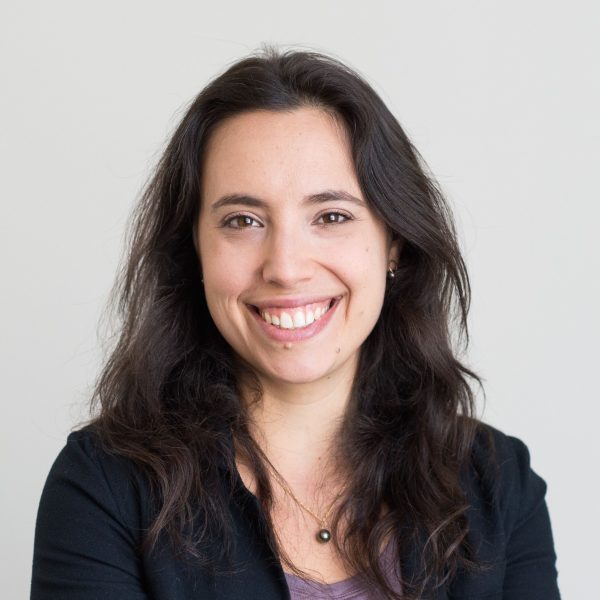
More information
Gabriela Schlau-Cohen is an Associate Professor in the Department of Chemistry at MIT. She received a B.S. in Chemical Physics from Brown University in 2003 and a Ph.D. in Physical Chemistry from the University of California, Berkeley in 2011, where she was an AAUW American Fellow. She was then a CMAD Postdoctoral Fellow at Stanford University. In 2015, she joined the faculty of MIT. Her research group uses single-molecule spectroscopy and ultrafast spectroscopy to explore the energetic and structural dynamics of biological and bio-inspired systems, particularly photosynthetic light harvesting. Dr. Schlau-Cohen’s work has been recognized with awards including the AAAS Marion Milligan Mason Award, the ACS Pure Chemistry Award, and the BPS Margaret Oakley Dayhoff Award.
Jacek Waluk
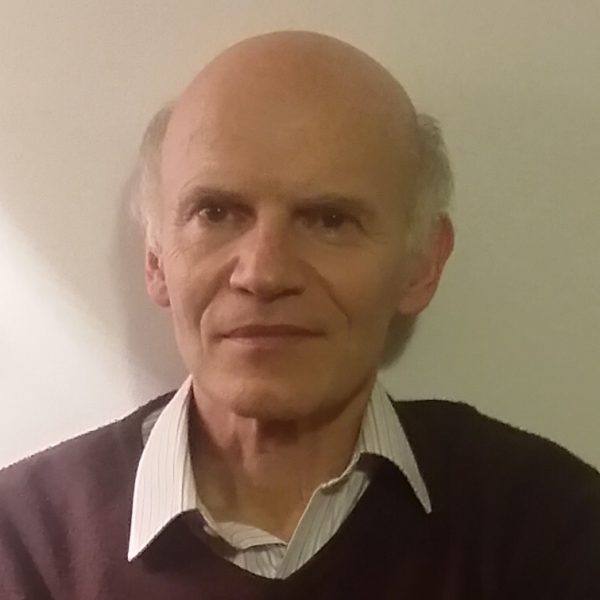
More information
Jacek Waluk graduated from the Chemistry Department of the University of Warsaw and received his Ph.D. in 1979 and D.Sci. in 1987 at the Institute of Physical Chemistry, Polish Academy of Sciences. Since 1991, he has been Head of the Photochemistry and Spectroscopy Laboratory of this institute; since 2001, he has also been Professor of Chemistry at Cardinal Stefan Wyszyński University, Warsaw, Poland. In 2000 and 2002, he was elected Chairman of the European Photochemistry Association, and in 2013, he was elected a corresponding member of the Polish Academy of Sciences.
His scientific interests include various aspects of physical organic chemistry, spectroscopy, photochemistry and photophysics: hydrogen bonding and tautomerism, conformational equilibria, single-molecule studies, polarized spectroscopy techniques, and theoretical chemistry. He has been visiting researcher at the University of Utah, University of Texas at Austin, University of Colorado−Boulder, Royal Danish School of Educational Studies, Copenhagen, University of Roskilde, Technical University of Berlin, and National Renewable Energy Laboratory (NREL). He was also leader of Centre for Photoactive Materials, EU Centre of Excellence.
Oliver Wenger
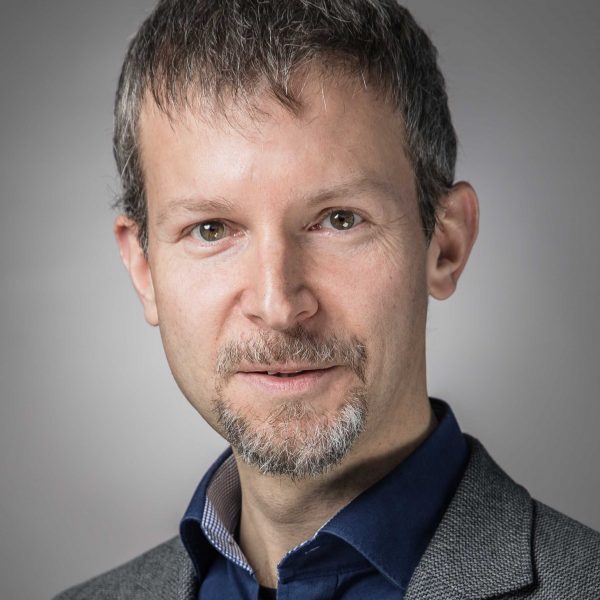
More information
Oliver S. Wenger received a Ph. D. degree from University of Bern (Switzerland) in 2002. After postdoctoral stays at Caltech (with Harry B. Gray) and University of Strasbourg (with Jean-Pierre Sauvage), he became assistant professor at University of Geneva in 2006. In 2009, he accepted a tenured position as associate professor at University of Göttingen (Germany). 3 years later, he moved to the University of Basel (Switzerland) where he is currently full professor.
Philippe Wernet
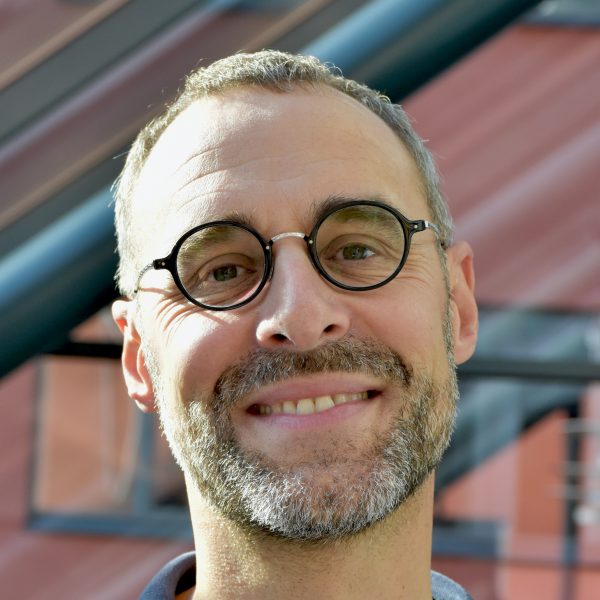
More information
Philippe Wernet received his PhD in experimental physics from Universität Hamburg in Germany based on synchrotron radiation work in atomic physics. He was a post doc at the Stanford Synchrotron Radiation Lightsource (SSRL) und Stanford University where he performed x-ray spectroscopic studies of water and aqueous solutions. He got his Habilitation in physics from Technische Universität Berlin and was a scientist at Helmholtz-Zentrum Berlin at the synchrotron radiation facility BESSY II where he worked on the electronic structure and ultrafast dynamics in molecular systems with x-ray spectroscopy. He has been a professor in photo science at the Department of Physics and Astronomy at Uppsala University in Sweden since 2019.
Philippe Wernet’s research aims at a unifying physico-chemical approach to the activity of metal atoms in chemistry and biology. For this he develops and applies novel x-ray methods at x-ray lasers and synchrotrons with the aim to map chemical bonds on atomic length and time scales of Ångströms and femtoseconds. By combining the local metal view of x-ray spectroscopy with the quantum-chemical treatment of bonding from ab initio theory, his goal is to unify the fundamental understanding of photoinduced dynamics in metal complexes, the bonding in photochemically prepared intermediate states of metal complexes and the function of bond-activating metalloproteins.
Si Wu
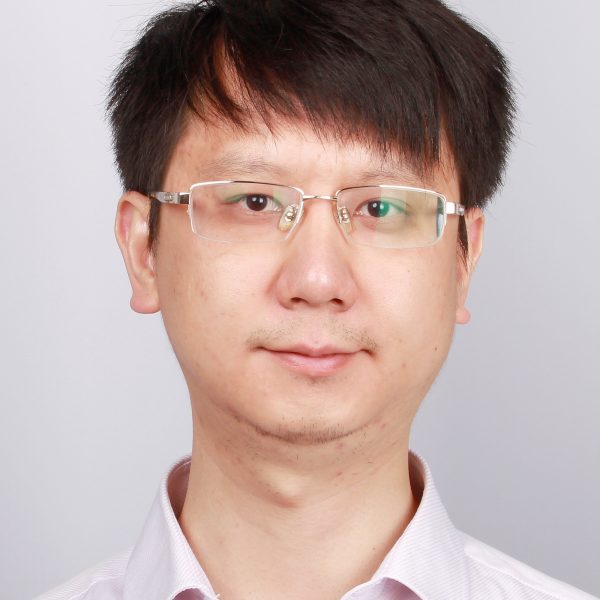
More information
Si Wu is a full professor at the University of Science and Technology of China (USTC), Hefei, China. He obtained the bachelor’s degree in polymer science in 2005 at USTC. He was supported by the joint doctoral promotion programme working on photoresponsive polymers at USTC and the Max Planck Institute for Polymer Research (MPIP), Mainz, Germany. After he received his PhD in 2010, he worked as a postdoctoral researcher at MPIP. He was promoted to a group leader at MPIP in 2012. From 2012 to 2018, he was heading a research group focusing on photoresponsive polymers at MPIP . In 2018, he joined USTC as a full professor and started a new research group.
Si Wu is leading a very active research group that consists of postdocs, PhD students, and mater students. His group synthesize new photoresponsive polymers, characterize them, explore their potential applications in information storage, healable materials, biomedicine, solar energy conversion, and light-guided self-assembly. The aim Si Wu’s group is to better understand the relationship between structural changes, dynamics, and performance of photoresponsive polymers. They solve fundamental questions in photoresponsive polymers with the perspective of future applications.
European Photochemistry Best PhD Thesis Award
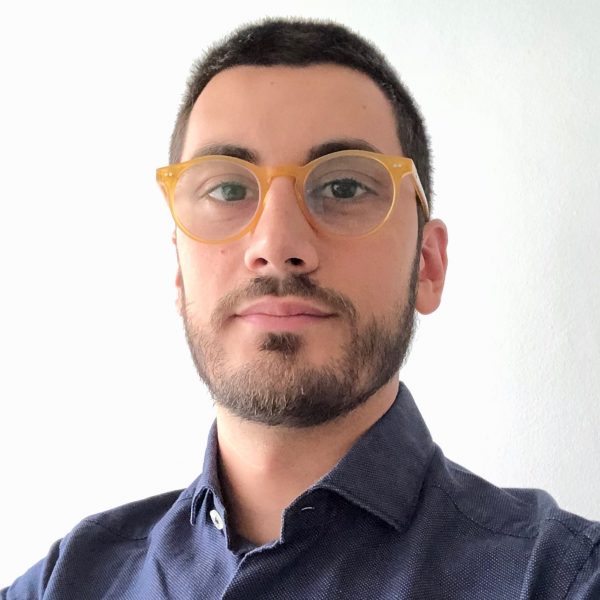
More information
Award to the PhD student who, in the opinion of EPA Executive Committee, has defended the best PhD thesis in the two years prior to being nominated by an EPA member. It is awarded biennially to an EPA member.
The 2022 award goes to Lorenzo Casimiro, for the PhD Thesis entitled “Novel photo- and electro-responsive supramolecular systems and molecular machines”, supervised by professor Serena Silvi and co-supervised by professor Alberto Credi, University of Bologna, Italy, 2020.
Dr. Casimiro obtained his BSc and MSc degrees (both cum laude) at the University of Bologna. After a PhD at the Center for Light Activated Nanostructures (Bologna), he is currently a post-doc at the PPSM laboratory of ENS Paris-Saclay, France. His research activity concerns the development of mechanofluorochromic surfaces as force sensors for microfluidics.
European Photochemistry Association / Photochemical and Photobiological Sciences Award

More information
Award to the most cited PPS paper published by an EPA member during the past 3 years before the year of the award, with citations counted within 2 consecutive years including the publication year.
The 2022 laurate is Professor Oliver Wenger, Basel, for the paper: Glaser, F., Larsen, C.B., Kerzig, C., Wenger, O.S. Aryl dechlorination and defluorination with an organic super-photoreductant, Photochem. Photobiol. Sci., 2020, 19, 1035-1041; doi:https://doi.org/10.1039/D0PP00127A.
Oliver S. Wenger received a PhD degree from University of Bern (Switzerland) in 2002. After postdoctoral stays at Caltech (with Harry B. Gray) and University of Strasbourg (with Jean-Pierre Sauvage), he became assistant professor at University of Geneva in 2006. In 2009, he accepted a tenured position as associate professor at University of Göttingen (Germany). 3 years later, he moved to the University of Basel (Switzerland) where he is currently full professor.
Porter Medal Award
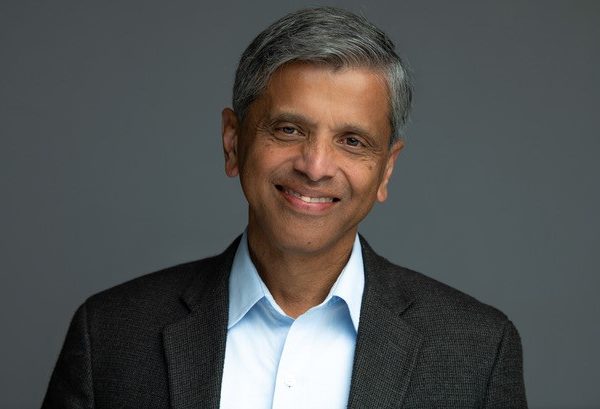
More information
The Porter Medal is awarded every two years to the scientist who, in the opinion of the European Photochemistry Association, the Inter-American Photochemistry Society, and the Asian and Oceanian Photochemistry Association, has contributed most to the subject of Photochemistry.
The 2022 Porter Medal has been awarded to Professor Prashant Kamat for his excellent contributions to the field of photochemistry, in particular on the kinetic details of charge transfer processes in nanostructured assemblies for solar energy conversion.